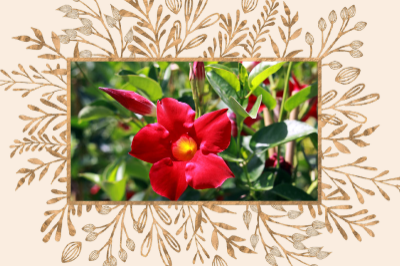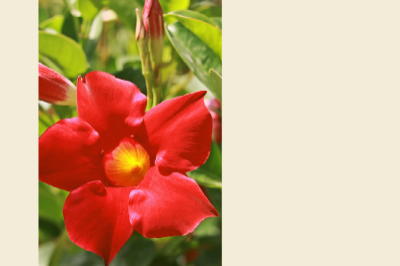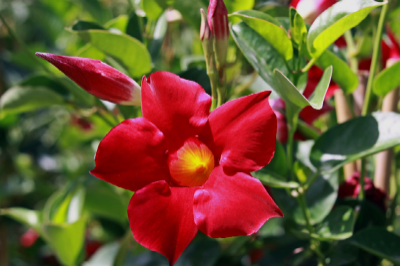Mandevilla Plant Poisonous to Cats
Mandevilla plants are quick to grow. After removing any other reasons for slow growth, you can move them into a larger pot. They require acidic soil that has an adequate amount of organic matter. You can improve the soil by adding compost and feeding it twice per month with a balanced, liquid fertilizer. The plant prefers slightly drier soil, however it can be watered regularly. Its leaves can be moistened to provide humidity.
Choose a place that is sunny and gets enough sunlight when selecting a location for your plant. Although mandevilla tolerates some shade, it will not flower as well if it gets too excessively. It is possible to move the mandevilla under a patio roof or shade tree during summer. Root rot can be avoided by making sure the soil is well-drained. A heavy soil can destroy the mandevilla plant. It is recommended to choose a loose, well-drained soil with lots of organic material.



